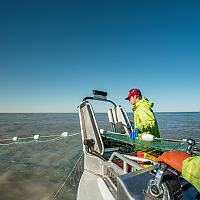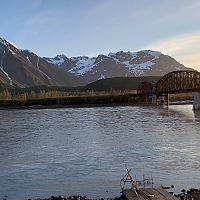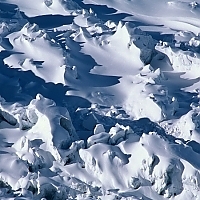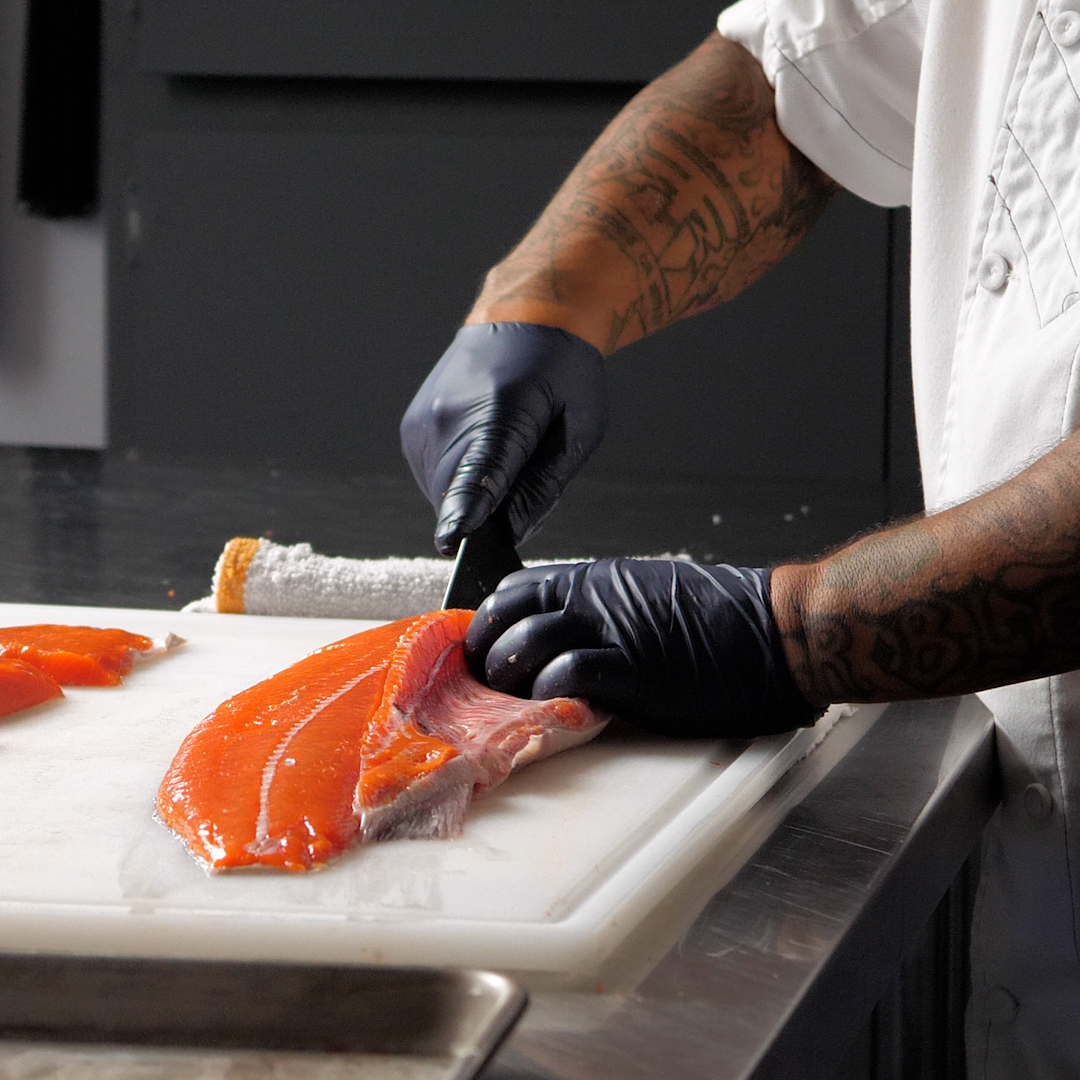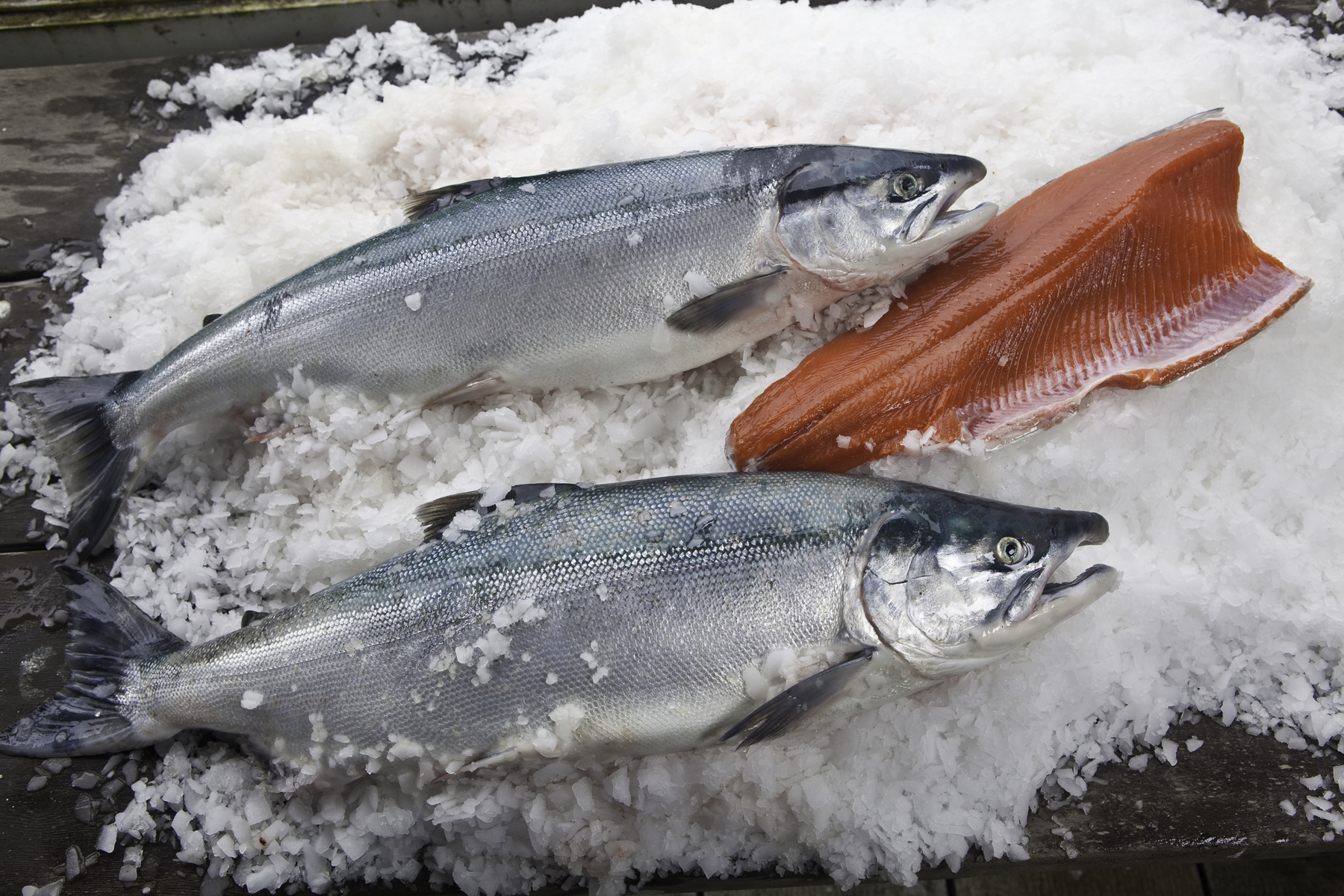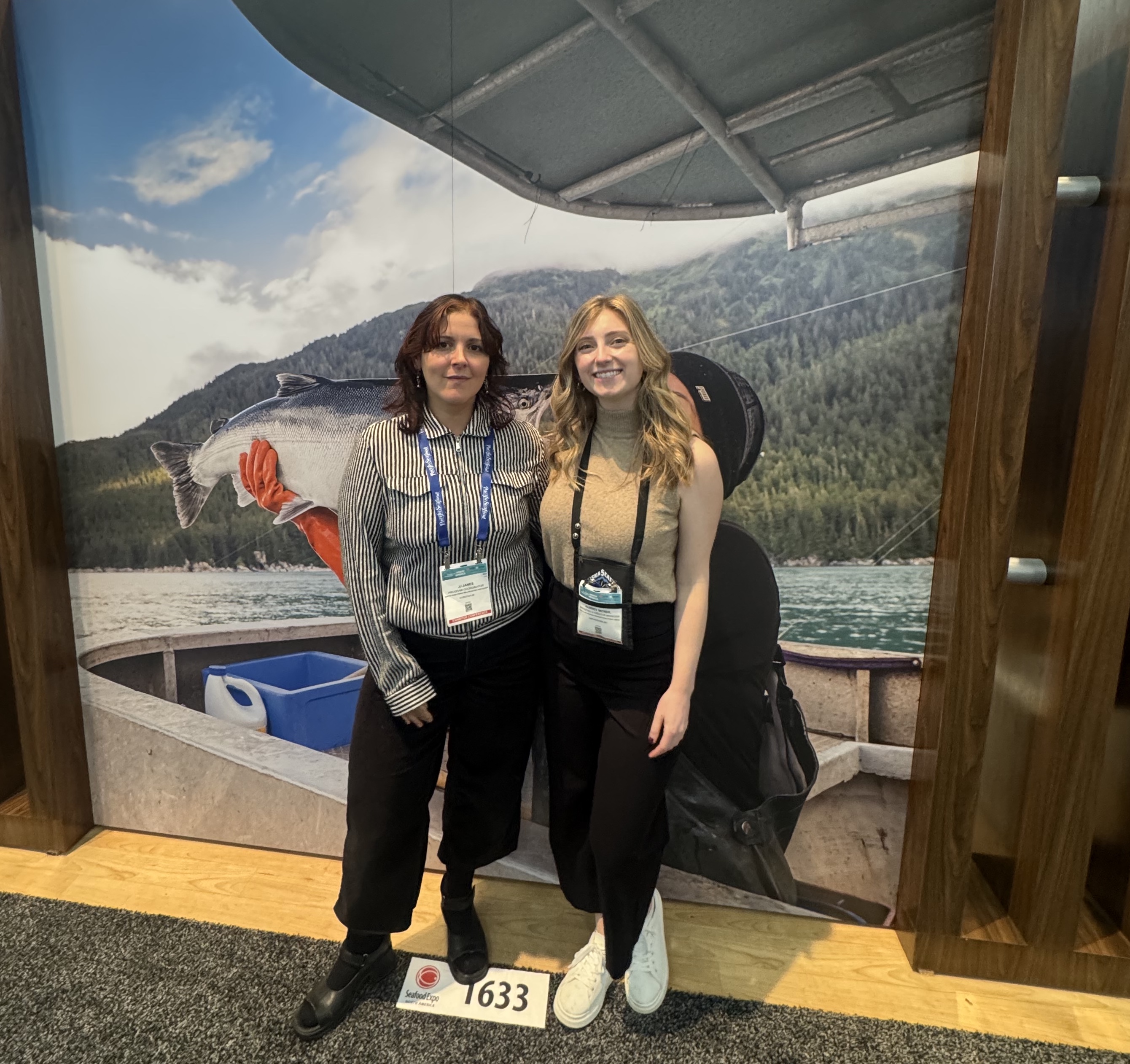By using our website, you agree to the use of cookies as described in our Cookie Policy
Salmon Lifecycle: Part 2
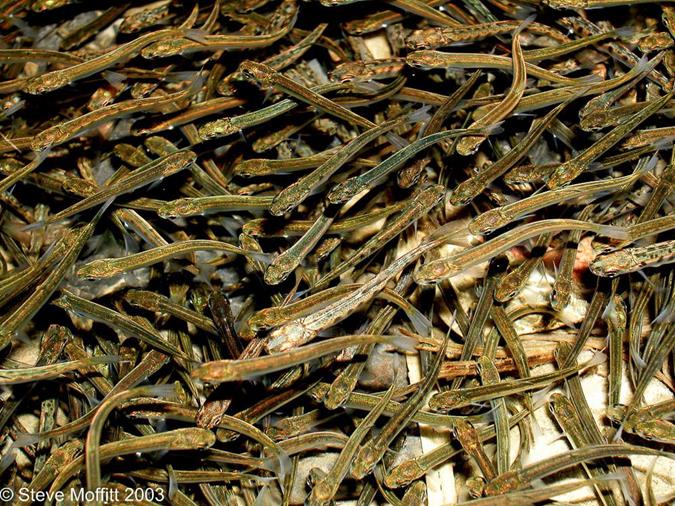
The Journey
Spring has sprung, earlier this year than nearly ever before. Baby salmon are awake and moving. They are growing eagerly under the sunlight that’s increasing by minutes each day.
By now they’ve used up the last of the energy stores left to them by their mothers. The baby salmon, called fry, are new explorers in a world of dangers. Nearly everyone wants to eat them- larger fish, hungry migratory birds, and even predacious insects prey upon salmon fry. Without experience to guide them, the fry rely on their instincts and hope for safety in numbers. And while they try to hide, they must also eat as much as possible.
With their tiny jaws, the fry target insects, plankton and organic material in the water. They are very quick swimmers, darting from one hiding place to the next while searching for food. They reach for every possible corner of their territory. You can find them in rivers, streams, lakes- even puddles from channels that have become disconnected from their source. As they branch out, they are slowly finding their way to the ocean.
Some species will find their way more quickly than others. This journey is a unique part of each of their life histories. Pink and chum salmon will head straight to the ocean- some are spawned in intertidal zones and only have to emerge from gravel to find themselves in salt water. Sockeye, king and coho salmon take more time getting to the sea. Some are spawned hundreds of miles upriver, and the journey can take them two years. King salmon find their home in big river systems, and their fry spend a year growing strong in the rapid current. Coho salmon may be born in a pond or lake near the ocean, but still take a year or two to make their trip. Their habitat is susceptible to high and low water events. These can flush them out quickly to the ocean; or, in contrast, trap them in fresh water for years.
However they do it, all Pacific salmon make this incredible journey. Only one thing is guaranteed: it won’t be easy. It’s a path fraught with many dangers, and only a fraction will make it. Those that do find a reward of plentiful food- and a whole new set of challenges.
Photo courtesy of Steve Moffitt, research biologist at the Alaska Department of Fish and Game.
‹ Back


